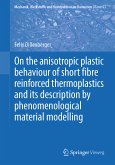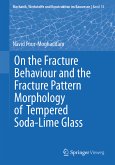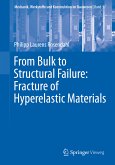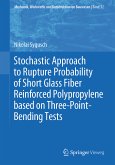This book provides readers with an elementary understanding of the material behavior of structural silicones in façades. Based on extensive experimental investigations on a transparent structural silicone adhesive (TSSA), the material behavior, failure, and microscopic effects such as stress whitening, cavitation failure, and the Mullins effect are analyzed. In turn, novel hyperelastic material models are developed to account for nonlinear material behavior under arbitrary deformations. The development of a volumetric hyperelastic model makes it possible for the first time to approximate the structural behavior of TSSA under constrained tensile load and cavitation. The material models discussed here were implemented in a finite element code for validation, and their quality was confirmed by three-dimensional numerical simulations, in which an additional stretch-based failure criterion was evaluated for failure prediction. The numerical studies are in good agreement with the experimental results.
Dieser Download kann aus rechtlichen Gründen nur mit Rechnungsadresse in A, B, BG, CY, CZ, D, DK, EW, E, FIN, F, GR, HR, H, IRL, I, LT, L, LR, M, NL, PL, P, R, S, SLO, SK ausgeliefert werden.









